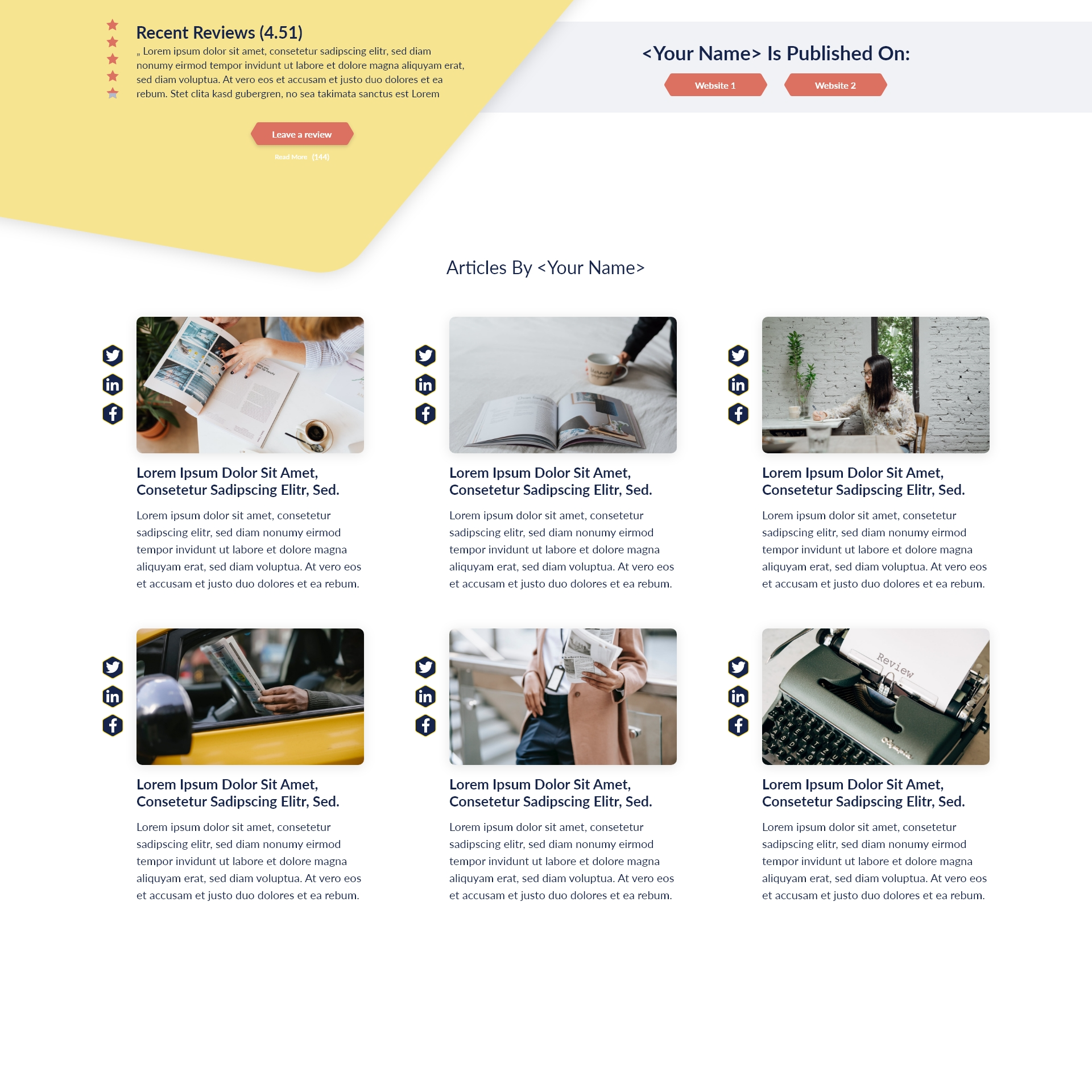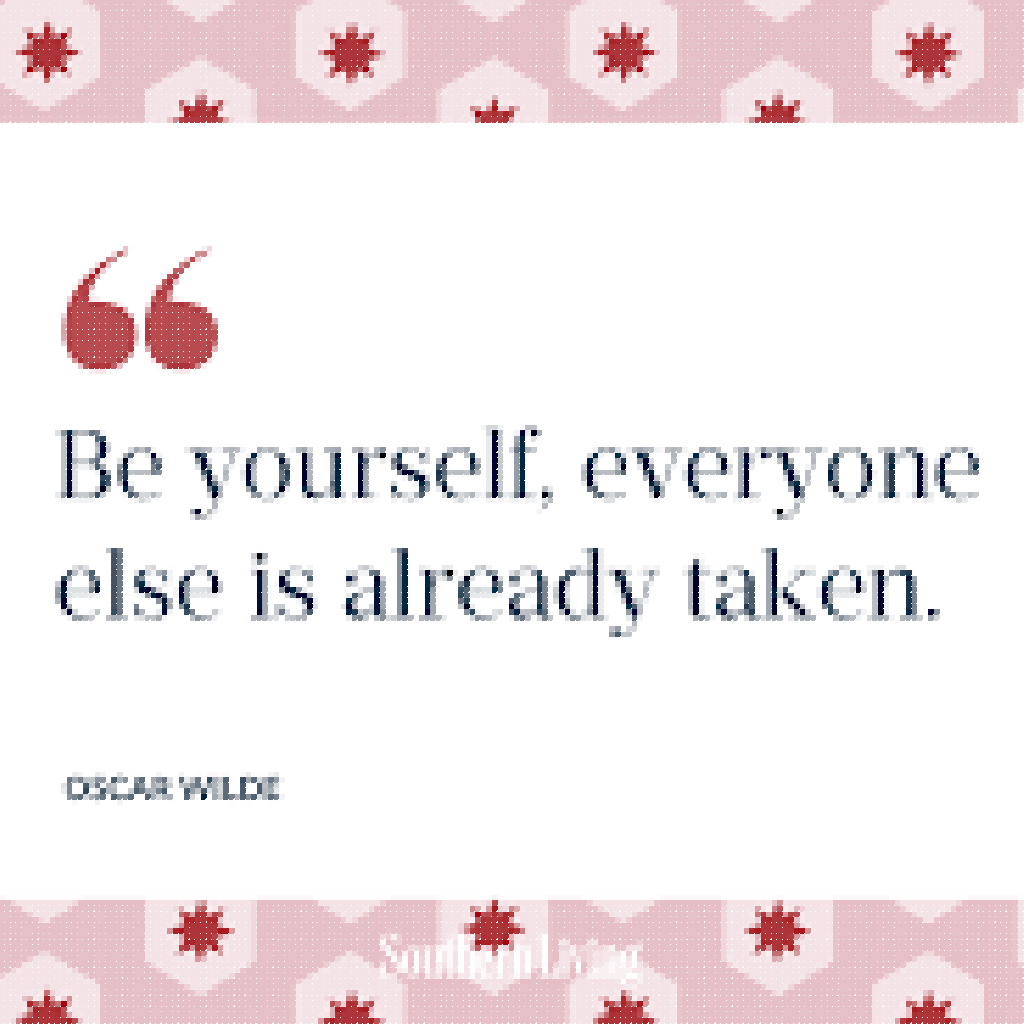Key Takeaways:
- Emotional intelligence and trust are foundational for adaptive, successful teams.
- Leaders must understand types of organizational change and align skills to transformation goals.
- Overcoming barriers requires both psychological insight and strategic tactics.
- Employee engagement, communication, and transparency empower teams through change.
- Leadership style significantly influences change outcomes and organizational resilience.
- Stakeholder management and succession planning support continuity during transitions.
- Continuous assessment and adaptation ensure sustained progress and readiness for future change.
Introduction
In today’s dynamic corporate landscape, guiding organizations through change is a constant and defining challenge. The success and resilience of adaptive teams often hinge on the influence of their leaders—specifically, leaders who demonstrate high emotional intelligence (EI) and establish unwavering trust. Understanding the intricacies of organizational change and deploying strategic, people-centric approaches are essential for navigating transformation while fostering a culture of confidence, adaptability, and high performance.
Understanding Organizational Change: Foundations and Types
Modern organizations are propelled toward transformation by rapidly shifting technology, evolving market demands, regulatory updates, and shifts in workforce expectations. Adaptation and evolution are crucial for sustainability and competitiveness.
What Drives Organizational Change in Today’s Business Climate?
Key drivers include digital transformation, globalization, industry disruptions, and new consumer behaviors. Mergers, acquisitions, and changing public policies also compel companies to revisit their operating models and processes.
Common Types of Change in Corporate Environments
- Structural change: Organizational redesign, mergers, or restructuring lines of authority.
- Process change: Updating workflows, systems, or adopting new technologies.
- Cultural change: Shifting values, norms, or organizational priorities.
- People-centric change: Talent management, training initiatives, or adjustments in leadership.
The Role of Leadership and Organizational Culture
Leaders set the tone for how change is perceived and adopted. Their capacity for empathy, communication, and trust-building directly influences whether teams resist or embrace transformation. Leadership is the bridge between organizational intent and team motivation.
Strategies for Leading Organizational Transformation Effectively
Best Practices for Initiating Change in Corporate Structures
Successful transformation begins with a compelling vision, transparent communication, and early engagement of key stakeholders. Setting clear goals and aligning them with organizational values establish direction and instills confidence. Leaders must model the behaviors and mindset shifts they expect from their teams.
Aligning Leadership Skills with Transformation Goals
Emotional intelligence is foundational—leaders with strong self-awareness, empathy, and social skills more easily foster trust and navigate uncertainty. They recognize signs of resistance, adapt their approach for different personalities, and motivate others by making change relevant and attainable.
Integrating Change Management Theories into Practical Strategies
Frameworks such as Kotter’s 8-Step Process emphasize urgency, coalition-building, and short-term wins. Leaders should contextualize these models, combining proven principles with a deep understanding of their team’s culture and unique challenges.
Overcoming Barriers to Successful Organizational Adaptation
Navigating change is rarely linear. Even well-planned initiatives encounter obstacles, from internal skepticism to shifting priorities.
Common Obstacles Businesses Face During Change Efforts
- Organizational inertia or resistance to change
- Poor communication or lack of shared vision
- Resource constraints and competing priorities
- Emotional fatigue or decreased morale
Psychological and Structural Barriers to Organizational Innovation
Fear of the unknown and loss of control can slow adaptation. Hierarchical silos, rigid processes, or deeply ingrained cultures further impede innovation. Leaders must acknowledge these realities and tailor approaches to break down barriers.
Tactics for Overcoming Resistance to Innovation
- Listen actively: Invite feedback and address concerns sincerely.
- Involve influencers: Empower informal leaders to champion change.
- Celebrate early wins: Reinforce and reward positive adaptation.
- Use clear, consistent messaging: Avoid ambiguity and articulate both the rationale for change and its personal relevance.
Empowering Teams During Structural Shifts
Adaptive teams are cultivated, not born. Leaders play a pivotal role in maintaining engagement and morale when routines are upended.
Techniques for Maintaining Employee Engagement in Change Initiatives
- Set clear roles and expectations.
- Offer continuous learning opportunities.
- Recognize contributions and provide timely feedback.
- Foster a culture of inclusion where every voice is valued.
The Role of Communication in Organizational Change Processes
Frequent, transparent updates reduce uncertainty and build trust. Two-way communication—where leaders both share and listen—invites participation and lowers resistance.
Building Trust and Transparency Within Teams
Trust grows when leaders follow through on commitments, admit mistakes, and genuinely invest in team wellbeing. Openly discussing setbacks and successes demystifies change and strengthens bonds.
Cultivating Resilience in Changing Organizations
Resilient teams recover quickly from setbacks and adapt to evolving demands. Leaders support this by modeling optimism, encouraging problem-solving, and emphasizing collective goals over individual setbacks.
Evaluating Impact: Leadership Styles and Change Outcomes
The approach leaders take during periods of change significantly shapes organizational outcomes, team morale, and transformation success.
Transformational Leadership vs Transactional Leadership During Change
- Transformational leaders inspire through vision, adaptability, and personal connection. They encourage innovation and foster commitment to shared goals.
- Transactional leaders focus on processes, rewards, and compliance. While this style ensures order, it may not sufficiently motivate teams facing uncertainty or encourage adaptation.
How Leadership Influences Change Readiness and Adoption
Emotionally intelligent leaders recognize team readiness, customizing support and pacing. They create psychological safety for experimentation and learning, reducing fear and enabling smoother transitions.
Case Studies on Effective Leadership in Change Scenarios
Research shows that companies with leaders who prioritize EI and trust report greater employee engagement and smoother transitions during mergers, technological upgrades, or cultural shifts. Teams led by transformational leaders are more equipped to adapt and excel.
Evaluating the Impact of Leadership Styles on Change Success
Regular feedback and outcome analysis reveal that adaptive, trust-focused leadership correlates with higher morale, lower turnover, and sustained performance post-change.
Navigating Stakeholder Management and Succession Planning
Stakeholders—internal and external—have significant influence over change initiatives. Their support or resistance can determine outcomes.
Identifying and Engaging Key Stakeholders During Transitions
Mapping all impacted groups and initiating early dialogue ensures interests are addressed. Leaders should actively listen to concerns and involve stakeholders in solution design.
Stakeholder Management Best Practices for Smooth Transitions
- Develop tailored engagement plans
- Maintain open lines of communication
- Set and manage expectations honestly
- Foster collaboration across departments and functions
Ensuring Continuity: Succession Planning During Periods of Change
Anticipate key personnel changes by developing robust succession plans. Investing in leadership development ensures that critical roles are never left vacant, supporting organizational stability amid transformation.
Tools and Metrics: Assessing Change Readiness and Progress
Objective tools and metrics offer clarity on how well an organization and its teams are adapting.
Change Readiness Assessment Tools for Organizations
Surveys, focus groups, and regular interviews can gauge understanding, commitment, and perceived obstacles. Self-assessment instruments also help teams benchmark progress.
Measuring Employee Engagement and Adaptation
Track employee engagement through pulse surveys, one-on-one check-ins, and team feedback sessions. High engagement is a leading indicator of likely success.
Monitoring Ongoing Progress and Addressing Feedback
Establish dashboards or scorecards to monitor key initiatives, adjusting strategy based on real-time feedback. Continuous improvement mindsets reinforce that adaptation is an ongoing journey, not a one-time event.
Midway through your change efforts, pause to reflect on your approach. Are you modeling emotional intelligence and building trust? Engage your team, seek honest feedback, and reinforce your commitment to their growth as you drive transformation forward.
By fostering emotional intelligence and trust, leaders become catalysts for adaptive, high-performing teams. Their influence not only propels organizations through change, but also ensures resilience, engagement, and a culture of continuous innovation.








